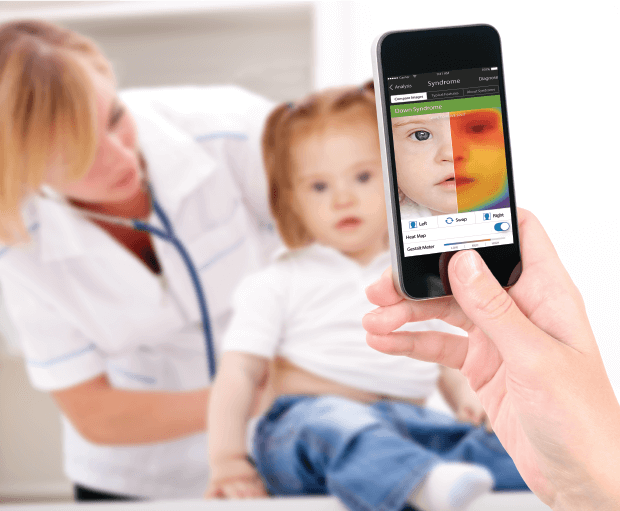Received an Ehlers-Danlos misdiagnosis? Next Steps
What is Ehlers-Danlos syndrome (EDS)?
It is a rare genetic syndrome that affects the connective tissue of the body. It is caused by mutations in specific genes, and common symptoms include hypermobility, low muscle tone, and joint dislocation.
When it comes to a rare disease, misdiagnosis is a problem across the board. However, when it comes to Ehlers-Danlos syndrome, misdiagnosis is a much larger problem than it should be.
A study of 414 Ehlers-Danlos syndrome patients around the world discovered that 56% of individuals with the syndrome had received a misdiagnosis at some point in their diagnostic journey. This, in turn can lead to a diagnostic odyssey stretching from anywhere between eight and nineteen years.
Without a correct diagnosis, affected individuals potentially face a great deal of uncertainty about their condition and their symptoms.
But it means they also will not receive the correct support, assistance, and potential treatment they might require to manage and live with their condition.
Why are the rates of misdiagnosis so high when it comes to Ehlers-Danlos syndrome?
The syndrome itself is comprised of 13 subtypes, each with a different set of symptoms and diagnostic criteria. This makes it difficult to diagnose the condition from its symptoms alone.
The syndrome presents with symptoms that are often viewed as medical conditions in their own right, which distracts from a diagnosis of Ehlers-Danlos. Hypermobility can be a symptom of Ehlers-Danlos, but it gets dismissed as simply being more flexible in many patients.
The symptoms of the syndrome are many and varied, affecting many different parts of the body. There is no one size fits all diagnosis, making it difficult for even medical professionals to identify the syndrome.
There are up to 19 different genes, mutations that can cause the syndrome. This, in turn, leads to the different types and symptoms of the syndrome. It also means testing for the syndrome can involve many different steps and processes. This, in turn, can confuse a diagnosis.
How can we reduce misdiagnosis rates?
The key to improving diagnosis rates is education. The more information and research on the causes and symptoms of Ehlers-Danlos syndrome, the more accurate we can become at making a diagnosis.
Advancements and developments in genetic analysis, genetic counseling and genetic testing, are also making it possible to achieve a faster and more accurate genetic diagnosis for a range of rare diseases and genetic syndromes, not just Ehlers-Danlos.








